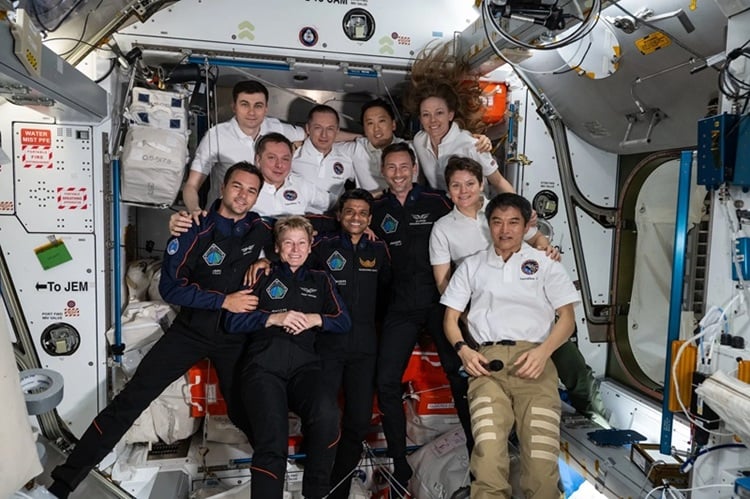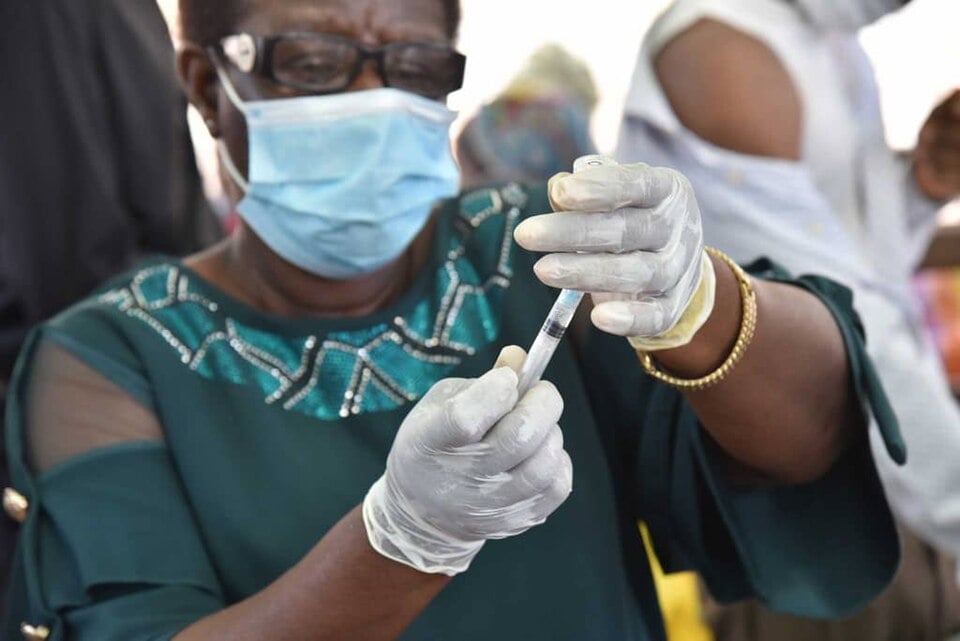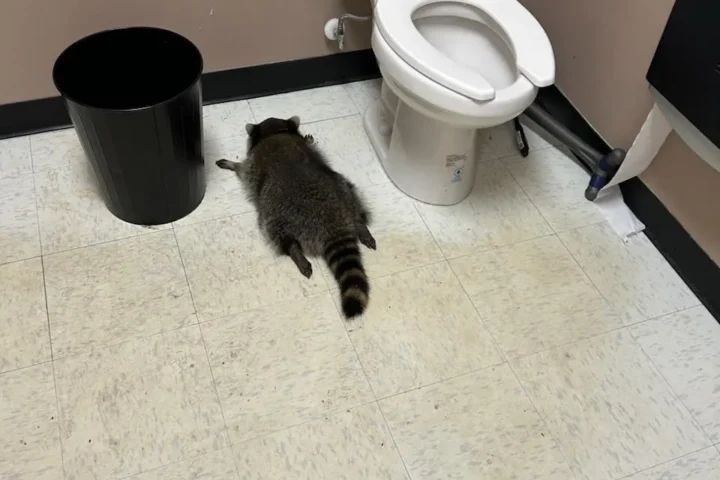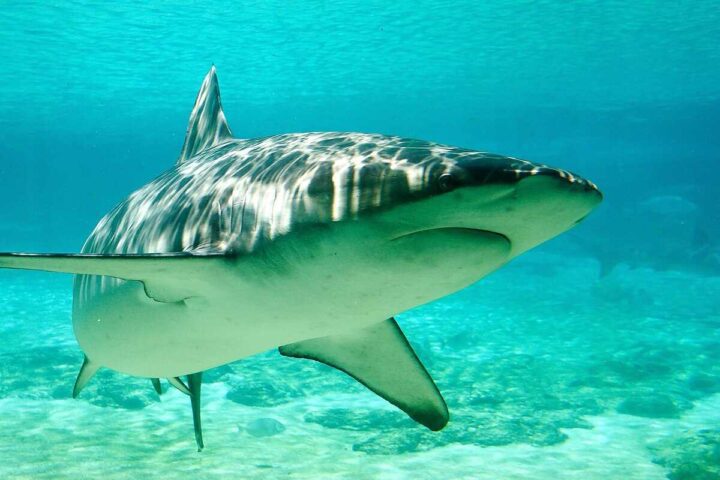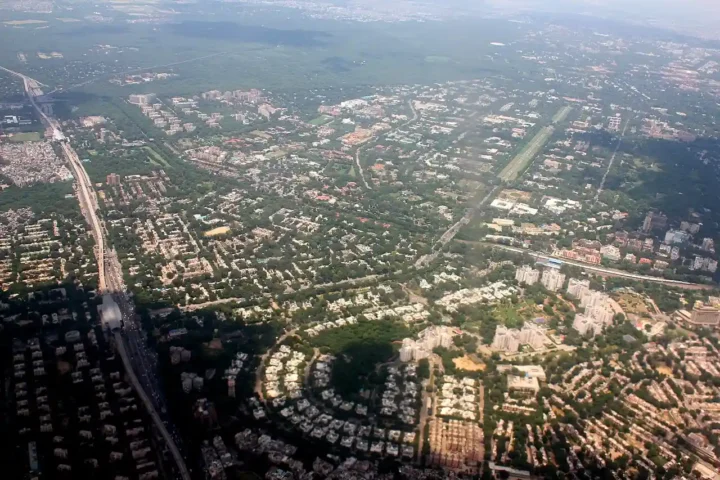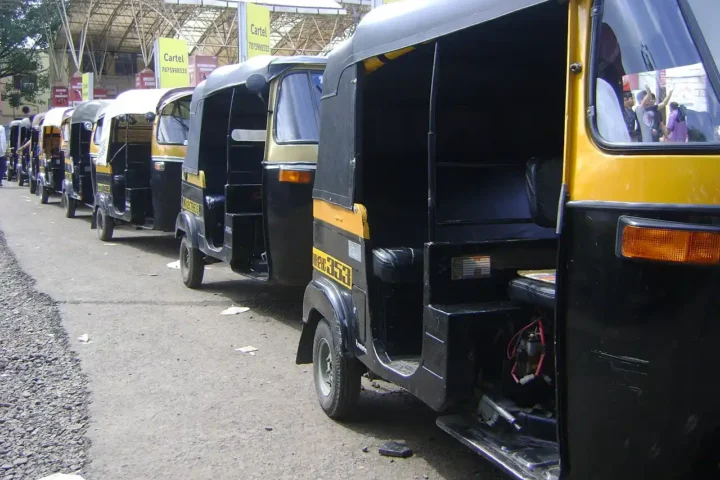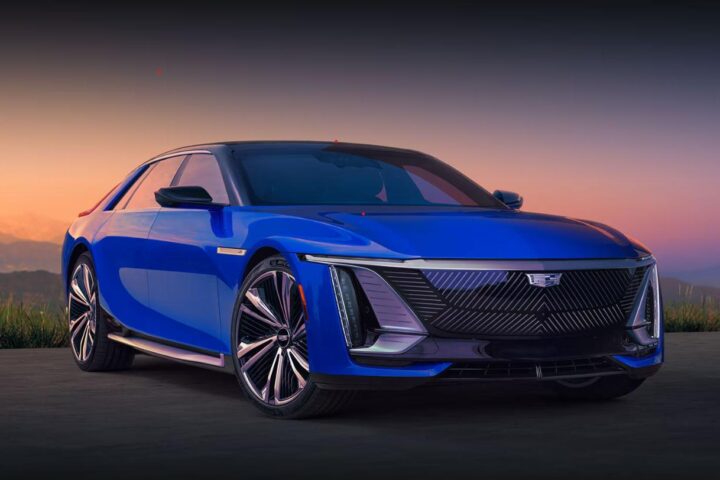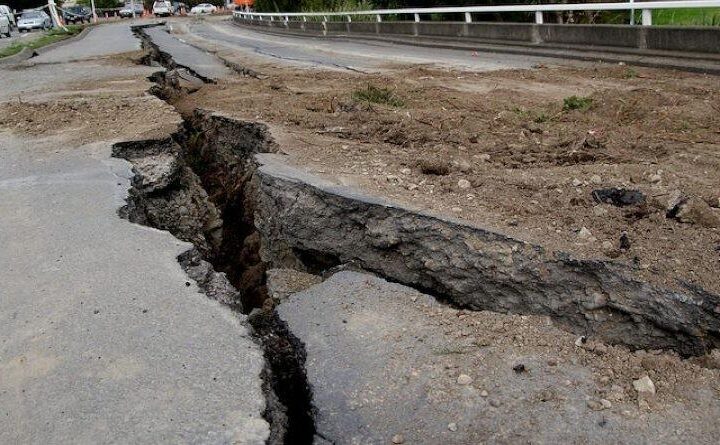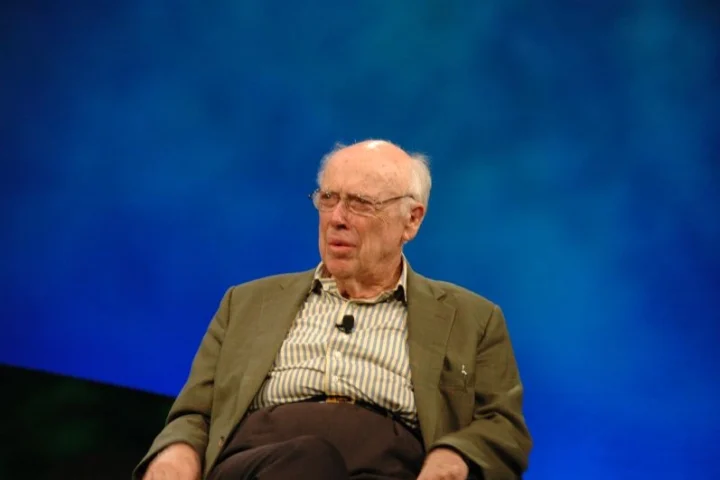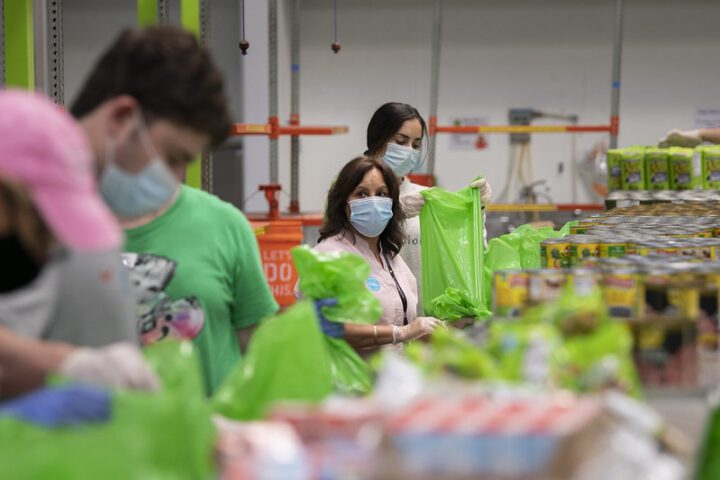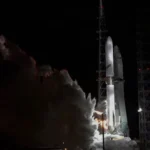NASA will broadcast the Axiom Mission 4 (Ax-4) private astronaut crew’s departure from the International Space Station. The four astronauts, including India’s Shubhanshu Shukla, will undock on Monday, July 14, at 7:05 a.m. EDT.
The crew will return aboard the SpaceX Dragon spacecraft “Grace,” with splashdown set for July 15 at 3:00 p.m. IST off California’s coast. NASA will start coverage early Monday with hatch closing at 4:30 a.m. EDT on NASA+, and undocking coverage at 6:45 a.m.
“We are working with the station program, watching the Axiom-4 progress carefully,” said Steve Stitch, Manager of NASA’s Commercial Crew Program. “The current target to undock is July 14 after the high beta period.”
High beta period means the space station gets more sunlight as its orbit changes angle to the sun. The timing ensures better conditions for the spacecraft’s return.
Group Captain Shubhanshu Shukla will be the first Indian astronaut to complete a mission to the ISS. After splashdown, he’ll undergo a week-long rehabilitation program to help his body readapt to Earth’s gravity. ISRO doctors have monitored his health throughout the mission.
The crew includes mission commander Peggy Whitson, a former NASA astronaut now with Axiom Space; pilot Shubhanshu Shukla from ISRO; and mission specialists Sławosz Uznański-Wiśniewski from Poland and Tibor Kapu from Hungary.
This mission creates milestones for multiple countries. For India, Poland, and Hungary, it’s their first government-backed missions to the ISS in over 40 years.
The spacecraft will bring back more than 580 pounds of cargo, including hardware and data from over 60 experiments done during their two-week stay. These tests cover medicine, materials science, brain research, agriculture, and space technology.
Similar Posts:
Indian experiments studied water bears (tardigrades) in space, how weightlessness affects human muscle cells, growing seeds for space food, and testing bacteria that could provide oxygen and fuel on long space trips.
The crew completed nearly 230 orbits around Earth, traveling more than six million miles since their June 25 launch. They docked at the ISS on June 26 after a 28-hour journey.
ISRO paid about ₹550 crore for Shukla’s seat. This experience will help India’s own human spaceflight program, Gaganyaan, planned for 2027, and the future Indian Space Station.
During their stay, the astronauts did research, joined public events, and took photos of Earth. Shukla spoke with Prime Minister Modi, ISRO scientists, and school students.
The mission shows growing teamwork in space exploration and the rising role of business partnerships. The U.S. and India worked together on Shukla’s flight, with both space agencies joining on five science studies and two teaching demonstrations.
NASA’s coverage will end about 30 minutes after undocking when joint operations with Axiom Space and SpaceX finish. Axiom Space will then cover Dragon’s return and splashdown on their website.
The International Space Station helps develop space business, with NASA planning to be one of many customers buying services in orbit. This approach lets NASA focus on Moon and Mars missions while using near-Earth orbit for training.
After splashdown, recovery teams will secure the spacecraft and help the astronauts exit. The crew may need special help as their bodies readjust to Earth’s gravity after two weeks of weightlessness.
